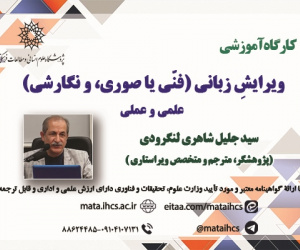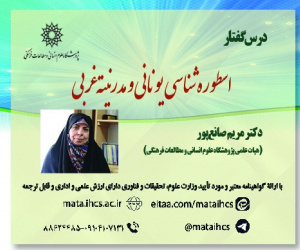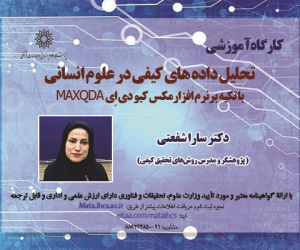موانع توسعه نیافتگی معدن در استان کردستان؛ زمینه ها، علل و پیامدها (مقاله علمی وزارت علوم)
درجه علمی: نشریه علمی (وزارت علوم)
آرشیو
چکیده
هدف پژوهش حاضر، تحلیل توسعه نیافتگی اقتصادی و صنعتی بخش معدن به عنوان یکی از ظرفیت ها و پتانسیل های توسعه ای در استان کردستان می باشد. چهارچوب مفهومی از مفاهیم توسعه ی اقتصادی و صنعتی ذیل نظریات رشد متوازن نورکس و رشد نامتوازن هیرشمن و نظریات توسعه اقتصادی شومپیتر که توسعه اقتصادی و صنعتی را مبنای رفع توسعه نیافتگی دانسته و بر اهمیت فرآیندی و مستمر و پایداری توسعه تاکید دارند، اتخاذشده است. همچنین از روش نظریه زمینه ای که در پی شرایط زمینه ای، علی، مداخله ای، پیامدها و راهبردهای اتخاذشده، می باشد _ توسعه نیافتگی _، استفاده شده است. روش نمونه گیری، نظری هدفمند بوده و از منطق روش اشباع نظری جهت رسیدن به یافته های حاصل از مصاحبه با ۱۵ نفر از کارشناسان، مدیران و فعالان بخش معدن استفاده گردیده است. نتایج نشان داد که ضعف زیرساخت های صنعتی و ارتباطی استان زمینه ی توسعه نیافتگی بخش معدن را فراهم آورده است. پرهزینه بودن، عدم رغبت سرمایه گذاران، وجود بازار دلالی، بلندمدت بودن سرمایه گذاری و انتقال سرمایه، سرمایه بر بودن فعالیت های معدنی سبب کاهش و کمبود سرمایه گذاری در این بخش شده و همین امر، شرایط علی توسعه نیافتگی را سبب گردیده است. موانع اداری و امنیتی نمودن معادن در بهره برداری از ظرفیت ها و پتانسیل های این بخش به عنوان شرایط مداخله ای در توسعه نیافتگی عمل نموده است. این شرایط، دوقطبی سازی توزیع فعالیت های صنعتی و معدنی در میان شهرستان های استان و معارضت های نهادی و مدنی را فراهم نموده است که پیامدهای توسعه نیافتگی بخش معدن می باشد. در همین راستا، خام فروشی مواد معدنی به عنوان استراتژی و راهبرد جهت فعالیت در این بخش اتخاذ شده است. این راهبرد حاکی از پیامد توسعه نیافتگی و درعین حال بازتولید توسعه نیافتگی استان در بخش معدن می باشد. لذا جهت رفع توسعه نیافتگی این بخش و توسعه اقتصادی_ صنعتی آن پیشنهاداتی ارائه گردیده است.Obstacles to mine development in Kurdistan province; Backgrounds, causes and consequences
The aim of the current research is to analyze the economic and industrial underdevelopment of the mining sector as one of the development capacities and potentials in Kurdistan province. Conceptual framework of the concepts of economic and industrial development under Norx's theories of balanced growth and Hirschman's unbalanced growth and Schumpeter's theories of economic development, which consider economic and industrial development as the basis for solving underdevelopment and emphasize the importance of continuous and sustainable development. Has been adopted. Also, the method of contextual theory, which is based on contextual, causal, interventional conditions, consequences and adopted strategies - underdevelopment - has been used. The sampling method is theoretical and targeted, and the logic of the theoretical saturation method was used to reach the findings of the interviews with 15 experts, managers and activists of the mining sector. The results showed that the weakness of the industrial and communication infrastructure of the province has provided the basis for the underdevelopment of the mining sector. Expensiveness, unwillingness of investors, existence of brokerage market, long-term nature of investment and capital transfer, capital-intensiveness of mining activities have caused the decrease and lack of investment in this sector, and this has caused the conditions of underdevelopment. . The administrative and security obstacles of mines in exploiting the capacities and potentials of this sector have acted as intervention conditions in underdevelopment. These conditions have provided the polarization of the distribution of industrial and mining activities among the cities of the province and institutional and civil conflicts. This strategy indicates the consequence of underdevelopment and at the same time the reproduction of underdevelopment of the province in the mining sector. Therefore, suggestions have been made to solve the underdevelopment of this sector and its economic and industrial development.







